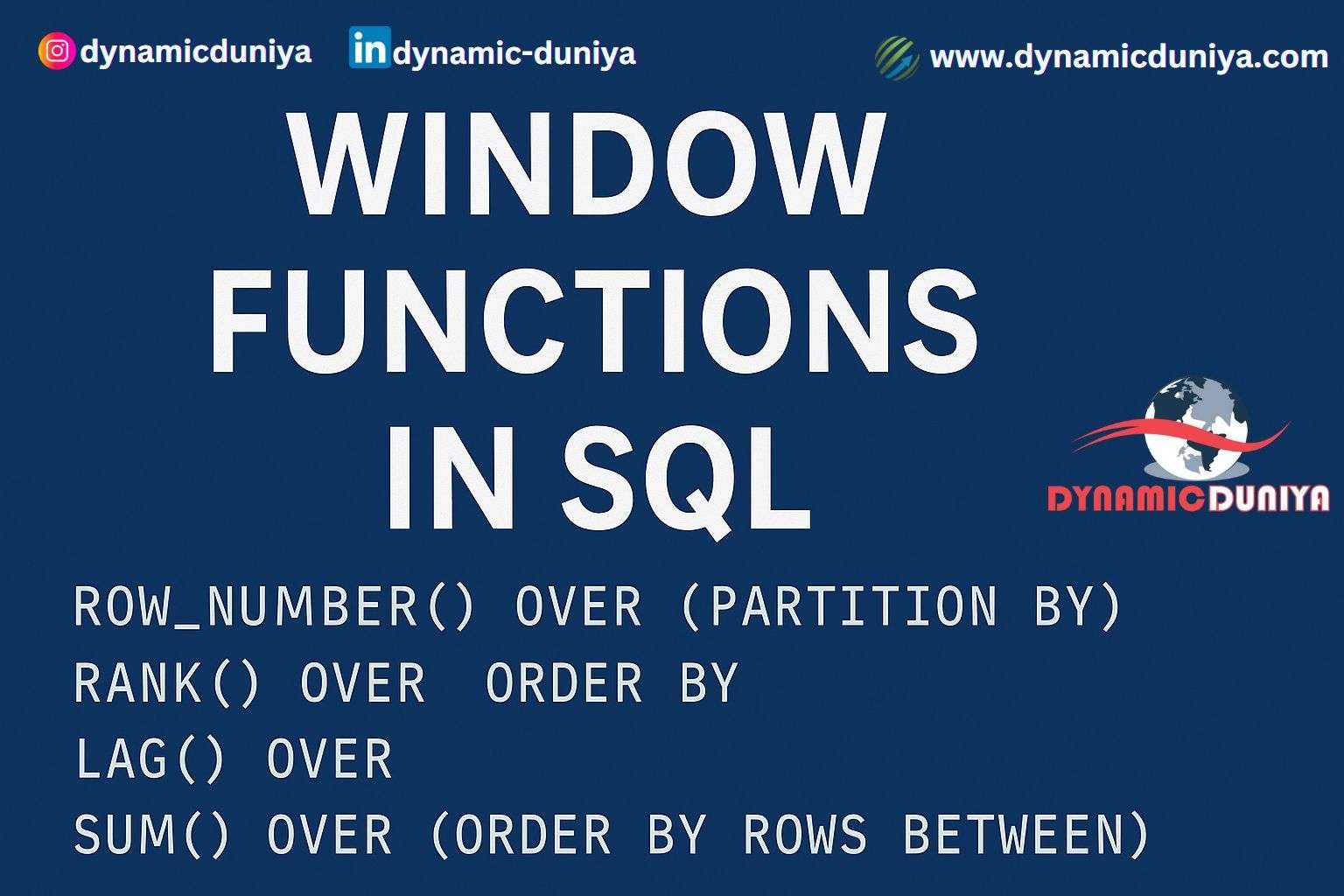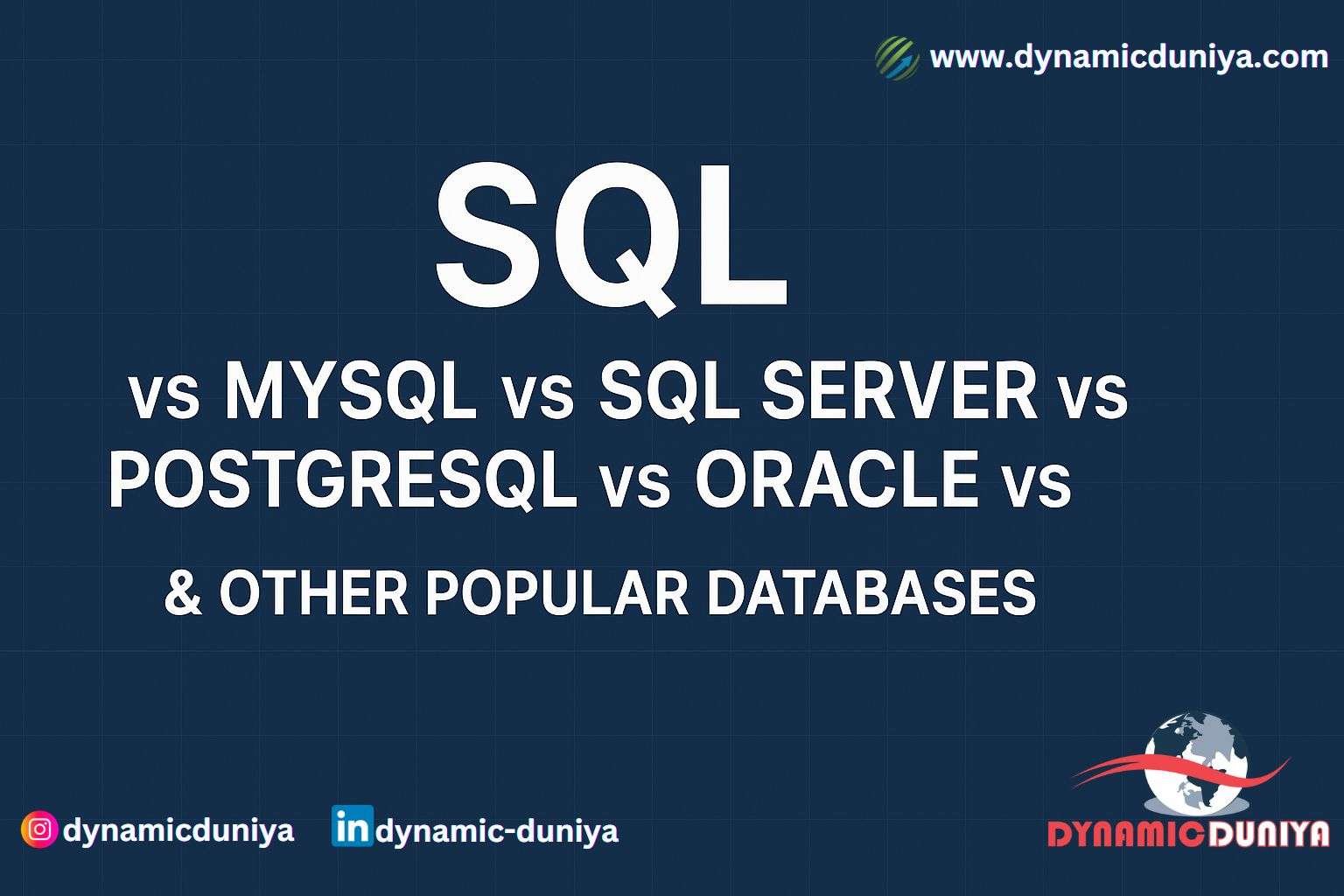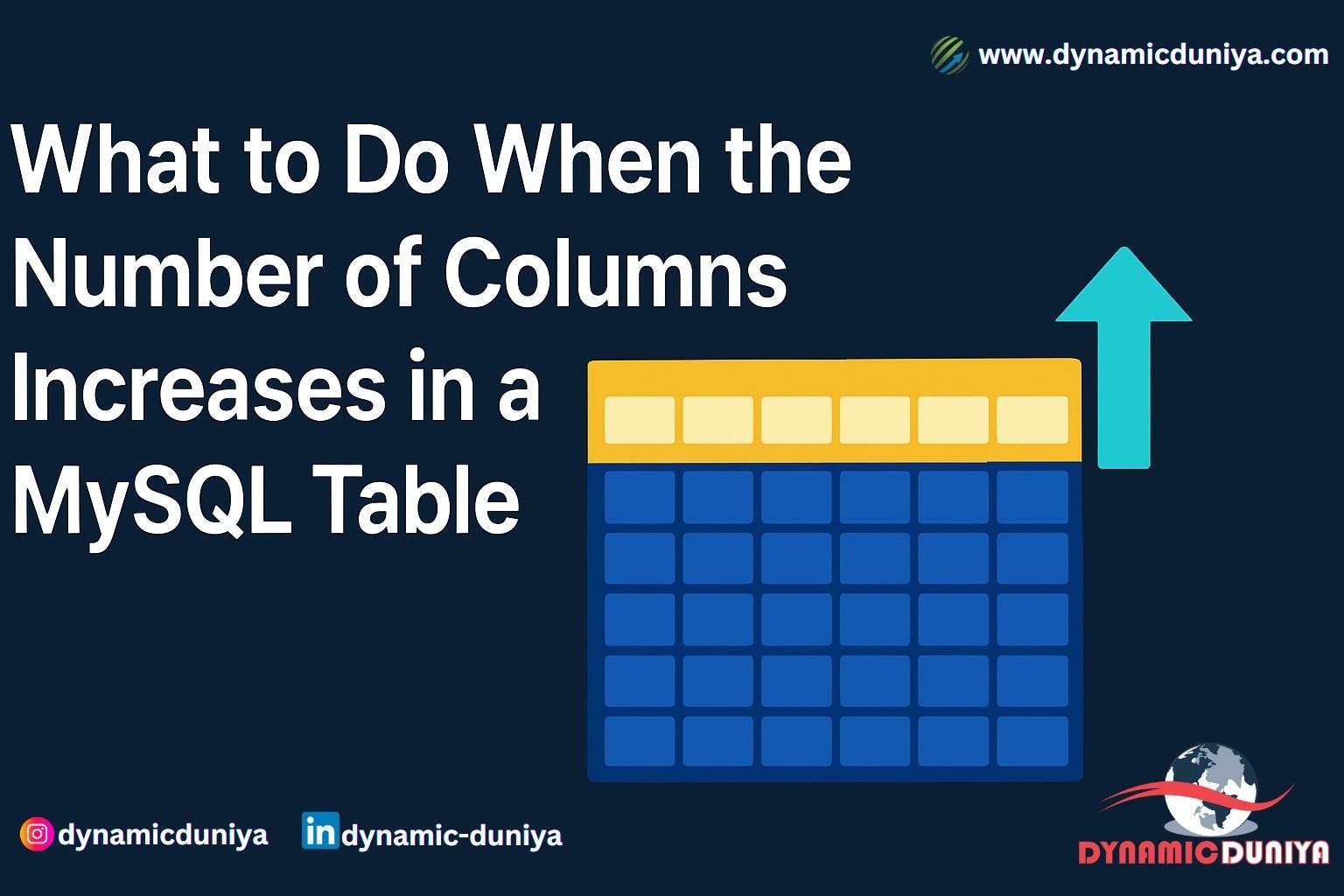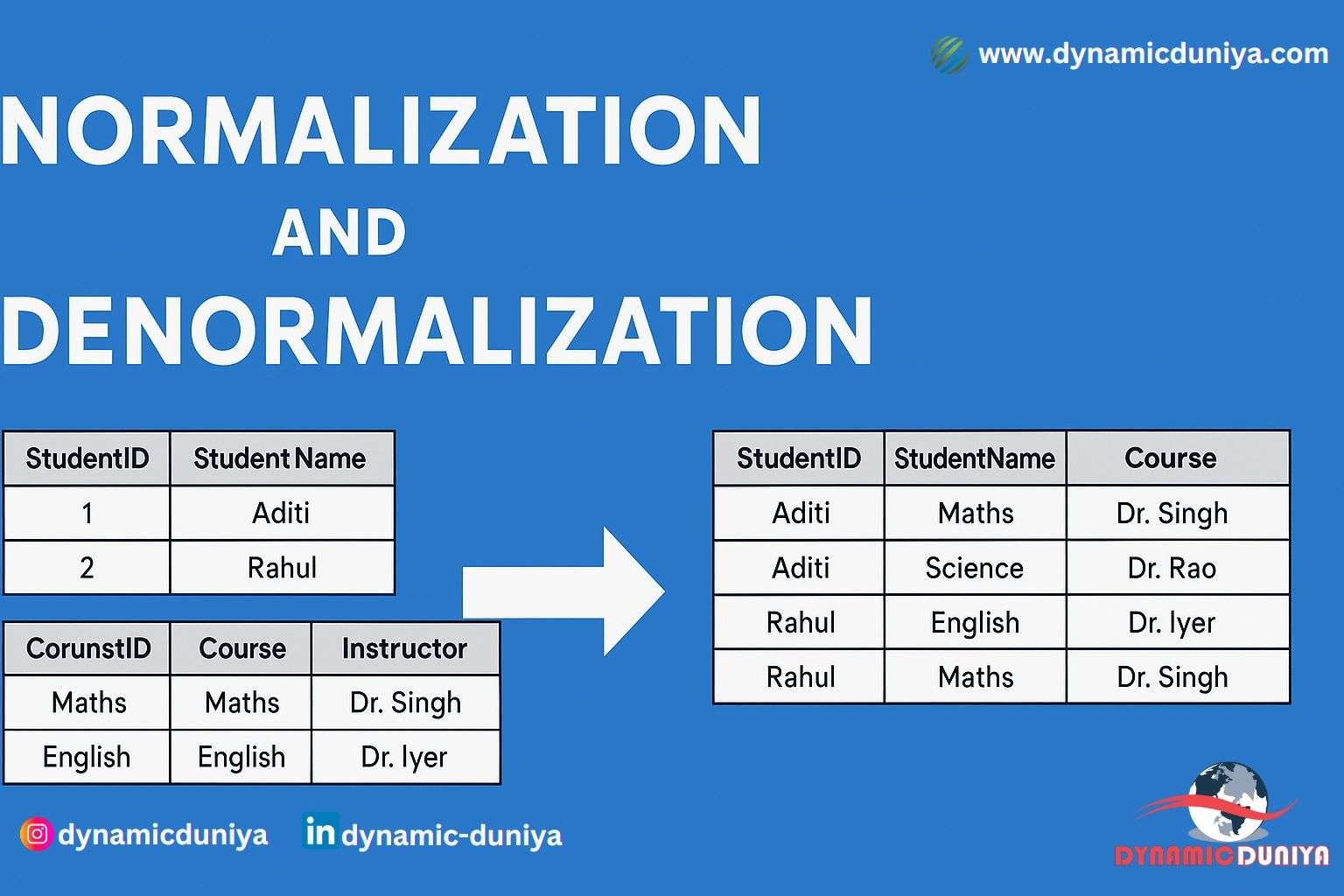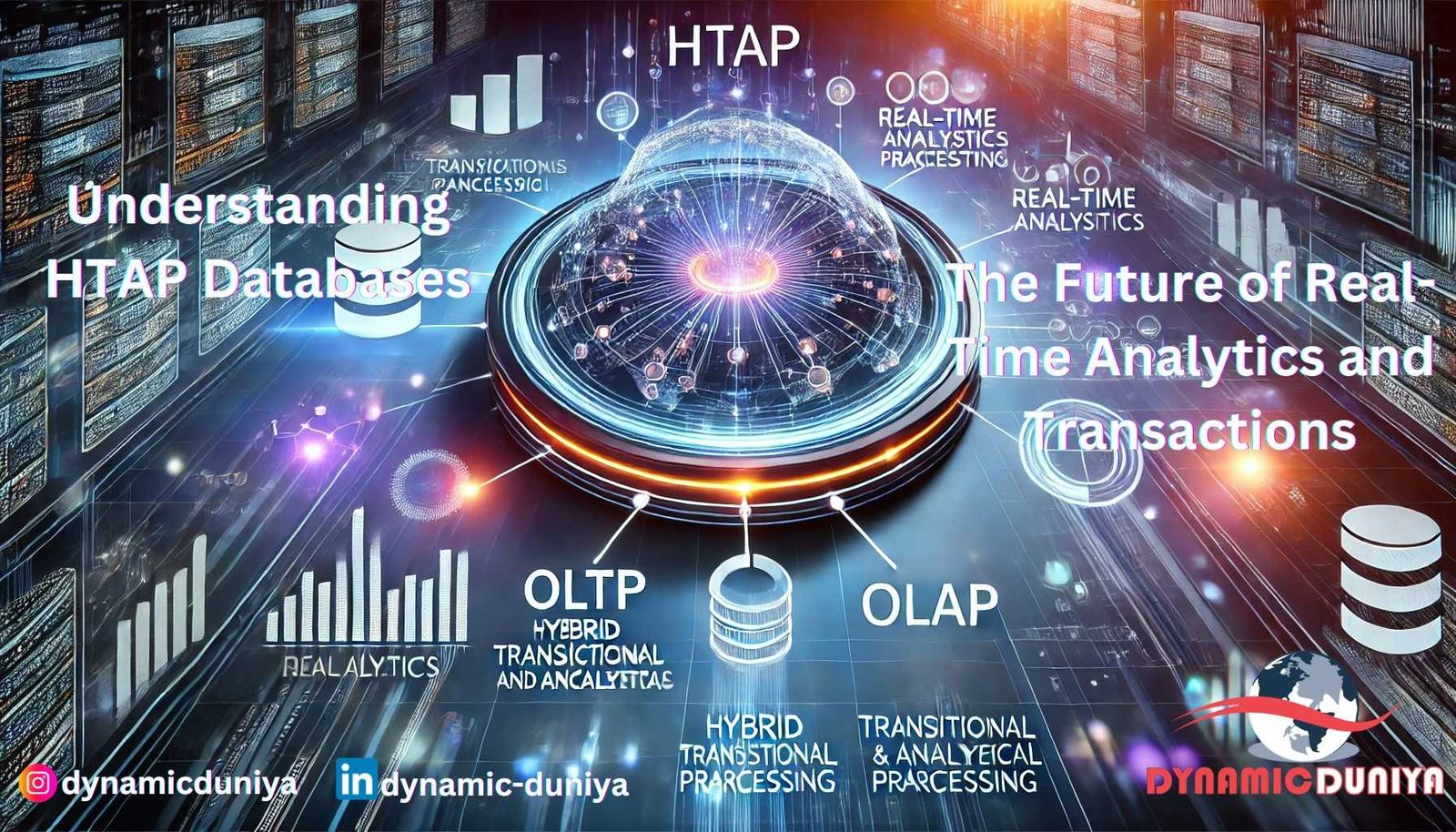Understanding OLTP vs OLAP Databases: How SQL Handles Query Optimization
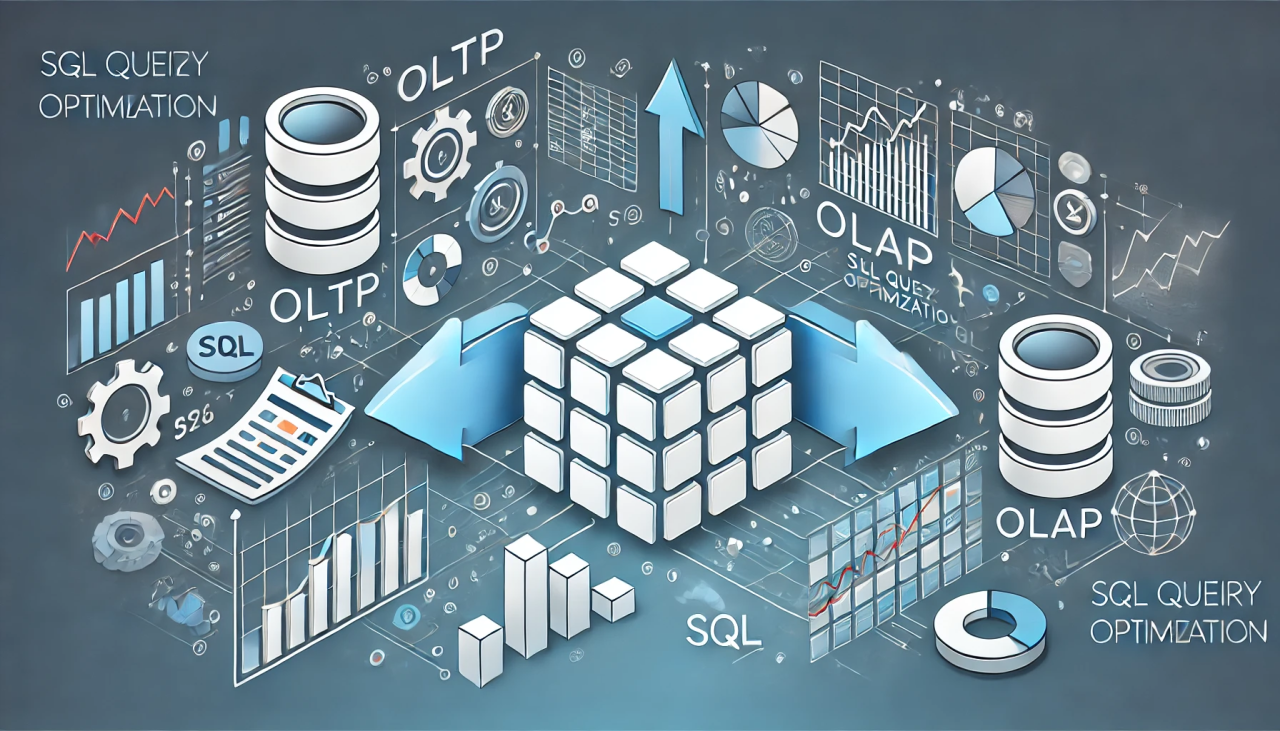
When working with SQL databases, understanding the fundamental differences between OLTP (Online Transaction Processing) and OLAP (Online Analytical Processing) systems is crucial. Both systems serve distinct purposes, and SQL handles query optimization differently in each case. This blog will explore these concepts in depth, highlighting their differences and explaining how SQL ensures efficiency in both systems.
What is OLTP?
OLTP (Online Transaction Processing) systems are designed to handle real-time, transactional operations. They are widely used in scenarios requiring high availability, fast response times, and accurate data management.
Key Characteristics of OLTP:
- Transactional Workloads: OLTP systems process operations like INSERT, UPDATE, and DELETE frequently.
- Normalized Schema: Data is organized into multiple related tables to reduce redundancy.
- High Concurrency: Designed to handle multiple users performing simultaneous operations.
- Small Query Scope: Queries often fetch or modify specific rows or records.
Examples of OLTP Systems:
- Banking systems (e.g., transferring funds).
- E-commerce websites (e.g., placing orders).
- Customer relationship management (CRM) software.
What is OLAP?
OLAP (Online Analytical Processing) systems, on the other hand, are designed for complex data analysis and decision-making. They focus on aggregating and analyzing large volumes of data rather than performing frequent updates.
Key Characteristics of OLAP:
- Analytical Workloads: Queries involve aggregations, joins, and data summarization.
- Denormalized Schema: Uses star or snowflake schemas to optimize read performance.
- Low Concurrency: Primarily used by analysts and business intelligence tools.
- Large Query Scope: Queries often span millions of rows and involve multi-dimensional data analysis.
Examples of OLAP Systems:
- Business intelligence dashboards.
- Data warehouses for sales forecasting.
- Reporting systems for organizational performance.
SQL Query Optimization in OLTP vs OLAP
SQL plays a vital role in ensuring that both OLTP and OLAP systems perform efficiently. However, the optimization techniques differ due to the distinct nature of their workloads.
Query Optimization in OLTP:
- Indexing: Primary and secondary indexes speed up searches and ensure quick access to specific rows.
- Efficient Transactions: SQL queries are short-lived and designed to complete quickly, using ACID properties to ensure data integrity.
- Execution Plans: The query planner analyzes queries to choose the most efficient execution path, minimizing lock contention and resource usage.
- Partitioning: Large tables are divided into smaller chunks to reduce query times.
Query Optimization in OLAP:
- Materialized Views: Precomputed views store aggregated data to speed up complex queries.
- Columnar Storage: OLAP systems often use column-oriented storage to improve performance.
- Cost-Based Optimization: SQL optimizers evaluate the cost of execution paths and select the most efficient one.
- Partitioning and Parallel Processing: Data is partitioned, and queries are executed in parallel to reduce response times.
- Indexing for Analytics: Bitmap indexes and specialized indexes are used for multi-dimensional analysis.
Key Differences Between OLTP and OLAP
| Feature | OLTP | OLAP |
|---|---|---|
| Purpose | Transactional operations | Analytical and reporting |
| Schema Design | Normalized | Denormalized (Star/Snowflake) |
| Query Type | Short and simple | Complex with aggregations |
| Concurrency | High | Low |
| Optimization Focus | Speed of individual queries | Speed of aggregations |
Real-World Use Case: Designing a Hybrid System
In some scenarios, organizations need to combine the strengths of both OLTP and OLAP systems. For example:
- A retail company might use an OLTP system for processing real-time customer transactions.
- Simultaneously, they could use an OLAP system to analyze sales trends and generate reports for strategic planning.
Modern database solutions like Amazon Redshift, Google BigQuery, and Snowflake provide hybrid capabilities, enabling real-time data ingestion and analytical processing in the same environment.
Conclusion
Both OLTP and OLAP systems are essential in modern application architecture, and SQL query optimization plays a significant role in ensuring their efficiency. By understanding their differences and applying the right optimization strategies, developers can design systems that are both powerful and performant. Whether you’re managing high-transaction systems or analyzing massive datasets, mastering these concepts is key to leveraging the full potential of SQL.
Want to explore more? Dive into advanced topics like hybrid OLTP-OLAP architectures or explore specific query optimization techniques for your projects!
Random Blogs
- AI is Replacing Search Engines: The Future of Online Search
- The Ultimate Guide to Data Science: Everything You Need to Know
- 15 Amazing Keyword Research Tools You Should Explore
- Mastering SQL in 2025: A Complete Roadmap for Beginners
- AI Agents & Autonomous Systems – The Future of Self-Driven Intelligence
- What to Do When Your MySQL Table Grows Too Wide
- Time Series Analysis on Air Passenger Data
- Datasets for Natural Language Processing
- The Ultimate Guide to Artificial Intelligence (AI) for Beginners
- Downlaod Youtube Video in Any Format Using Python Pytube Library
Prepare for Interview
- JavaScript Interview Questions for 5+ Years Experience
- JavaScript Interview Questions for 2–5 Years Experience
- JavaScript Interview Questions for 1–2 Years Experience
- JavaScript Interview Questions for 0–1 Year Experience
- JavaScript Interview Questions For Fresher
- SQL Interview Questions for 5+ Years Experience
- SQL Interview Questions for 2–5 Years Experience
- SQL Interview Questions for 1–2 Years Experience
- SQL Interview Questions for 0–1 Year Experience
- SQL Interview Questions for Freshers
- Design Patterns in Python
Datasets for Machine Learning
- Awesome-ChatGPT-Prompts
- Amazon Product Reviews Dataset
- Ozone Level Detection Dataset
- Bank Transaction Fraud Detection
- YouTube Trending Video Dataset (updated daily)
- Covid-19 Case Surveillance Public Use Dataset
- US Election 2020
- Forest Fires Dataset
- Mobile Robots Dataset
- Safety Helmet Detection
- All Space Missions from 1957
- OSIC Pulmonary Fibrosis Progression Dataset
- Wine Quality Dataset
- Google Audio Dataset
- Iris flower dataset
- Artificial Characters Dataset
- Bitcoin Heist Ransomware Address Dataset

